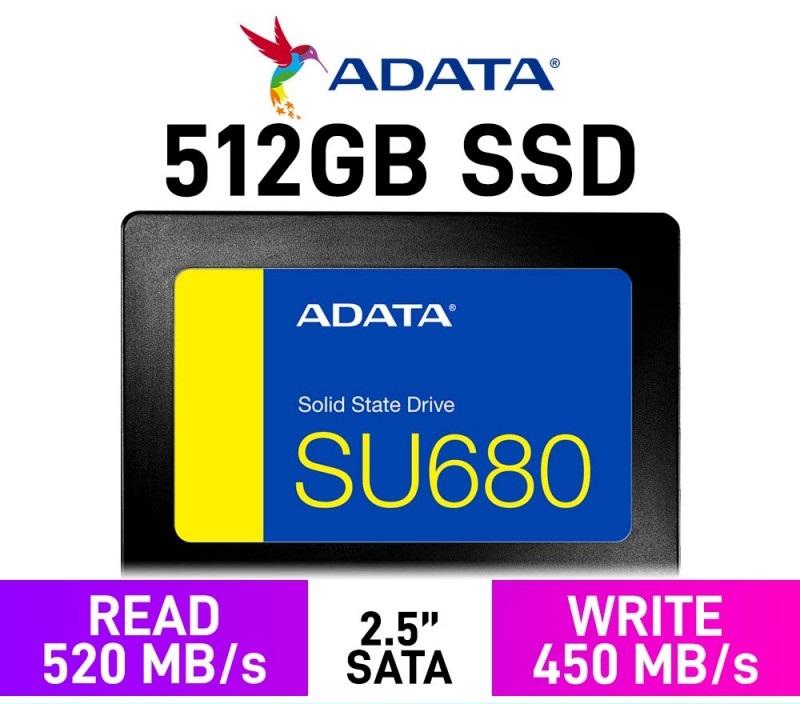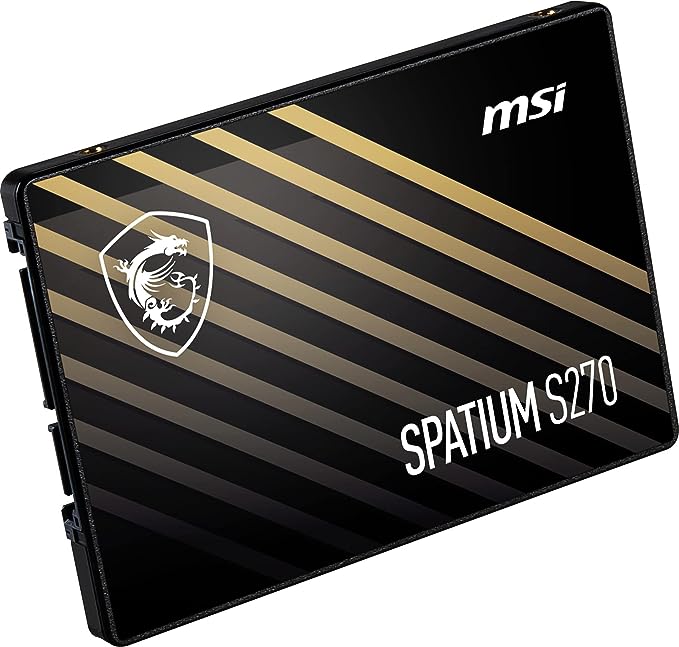Transcend 500GB NVMe PCIe SSD M2 2280 QLC NAND
Expert Features
- NVMe PCIe interface : NVMe calls for better performance vectors than AHCI (Advanced Host Controller Interface), including scalable bandwidth, increased IOPS, and low latency.
- Low power, high efficiency : PCIe SSD 110Q not only optimizes the transfer speeds and storage density, its low-power consumption also makes the device even more lasting and efficient.
- Leveraging QLC 3D NAND technology : PCIe SSD 110Q stacks 4-bit-per-cell vertically to enhance the storage density. QLC NAND supports read/write intensive applications, and leads SSD 110Q to become one of the flash memories with the highest density
- Best performance in the extreme : Transcend's PCIe SSD 110Q follows NVMe 1.3 and utilizes the PCIe Gen3 x4 interface, meaning four lanes are used for transmitting and receiving data simultaneously, resulting in compelling performance of up to 2,000MB/s read and 1,500MB/s write.
- PCIe SSD 110Q : Transcend's PCIe® SSD 110Q utilizes top-notch technology QLC 3D NAND to enhance storage density that supports read/write intensive workloads.
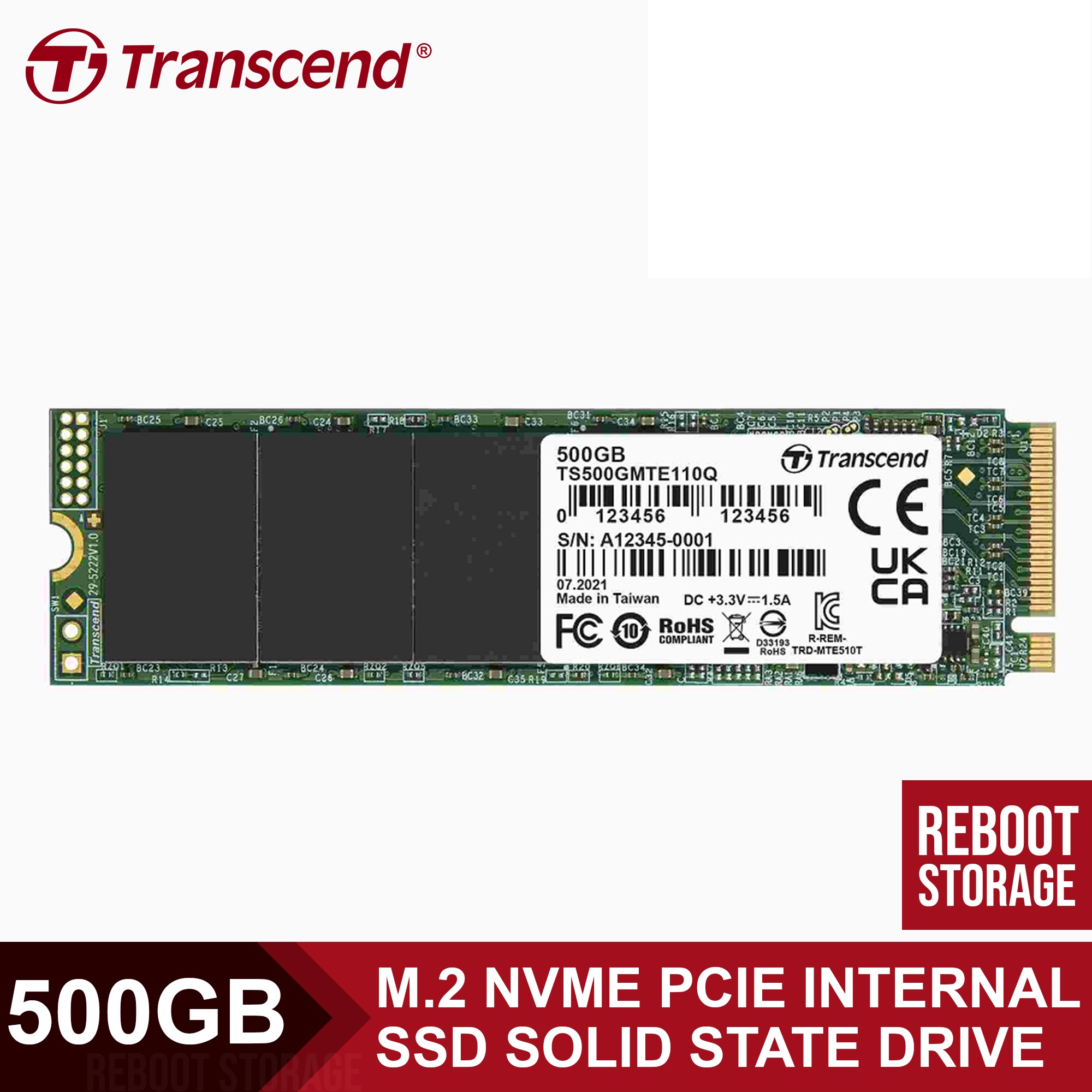
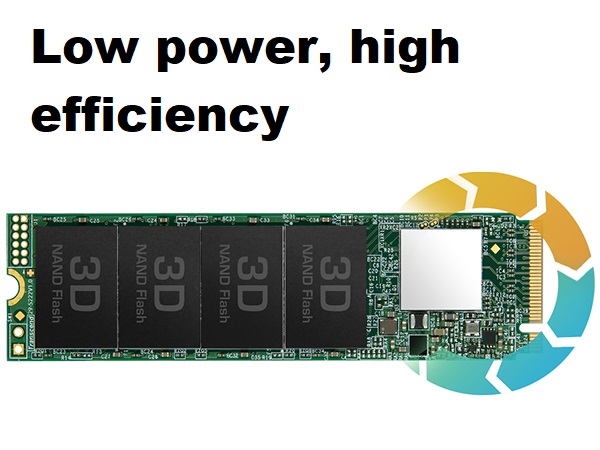
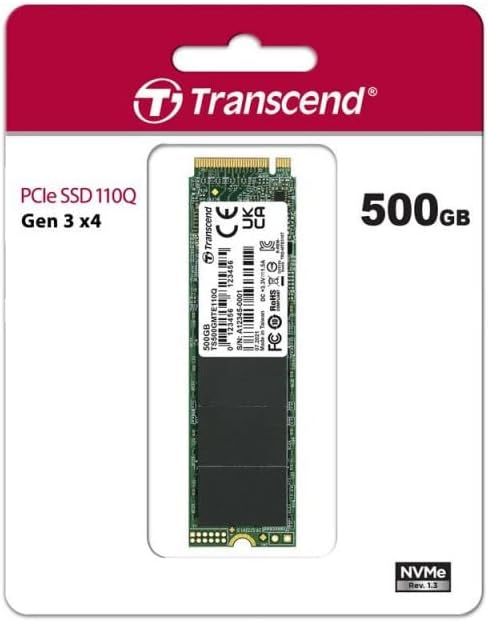
Expert Specs
Appearance
|
| Dimensions |
Double-sided 80 mm x 22 mm x 3.58 mm (3.15" x 0.87" x 0.14") |
| Weight |
8 g (0.28 oz) |
| Type |
|
Interface
|
| Bus Interface |
|
Storage
|
| Flash Type |
|
| Capacity |
|
Operating Environment
|
| Operating Temperature |
0°C (32°F) ~ 70°C (158°F) |
| Operating Voltage |
|
Performance
|
| Sequential Read/Write (CrystalDiskMark) |
-
500 GB
Up to 1,900/900 MB/s
|
| 4K Random Read/Write (IOmeter) |
-
500 GB
Up to 90,000/200,000 IOPS
|
| Terabytes Written (TBW) |
|
| Mean Time Between Failures (MTBF) |
2,000,000 hour(s) |
| Drive Writes Per Day (DWPD) |
0.27 (3 yrs) |
| Note |
- Speed may vary due to host hardware, software, usage, and storage capacity.
- The workload used to rate DWPD may be different from your actual workload, which may vary due to host hardware, software, usage, and storage capacity.
- Terabytes Written (TBW) expresses the endurance under the highest capacity.
- Some motherboards only provide PCIe x2 connections for the M.2 slot, creating a bottleneck on even the fastest drives.
|
|
|




